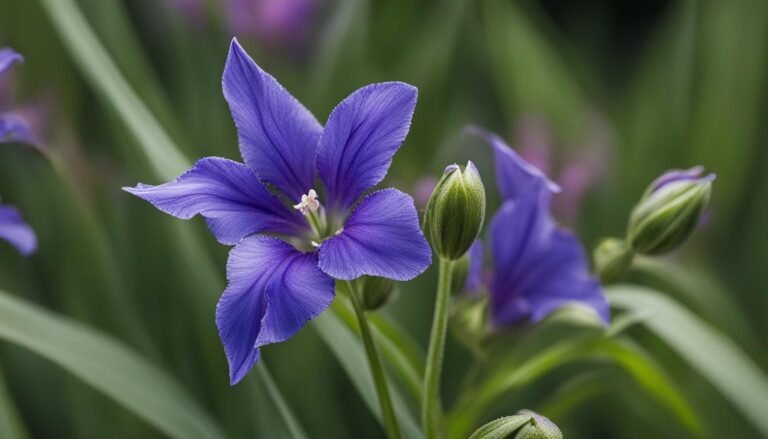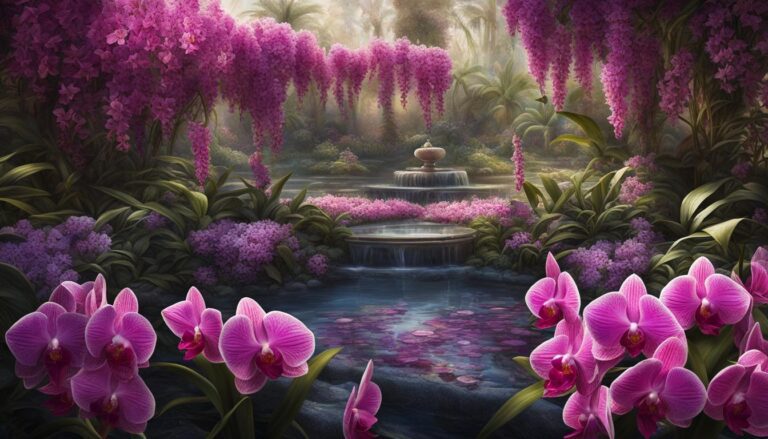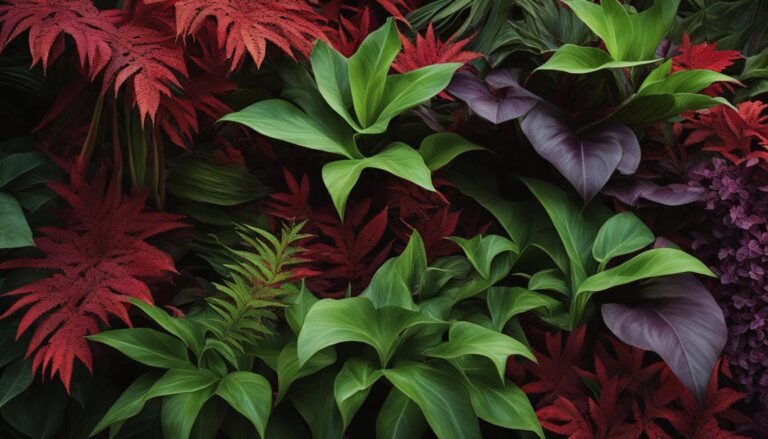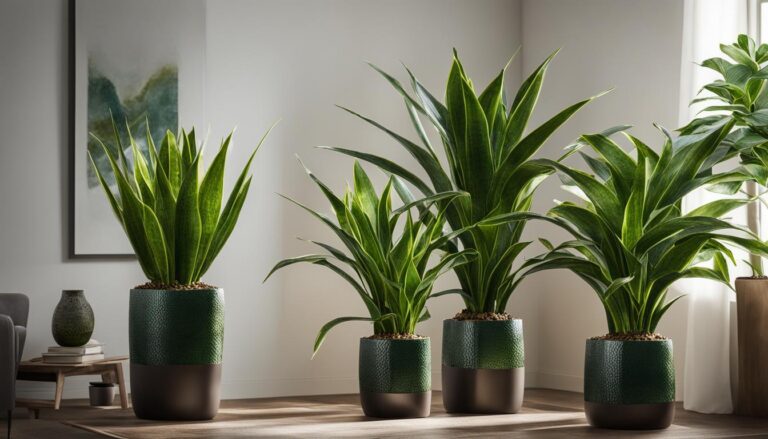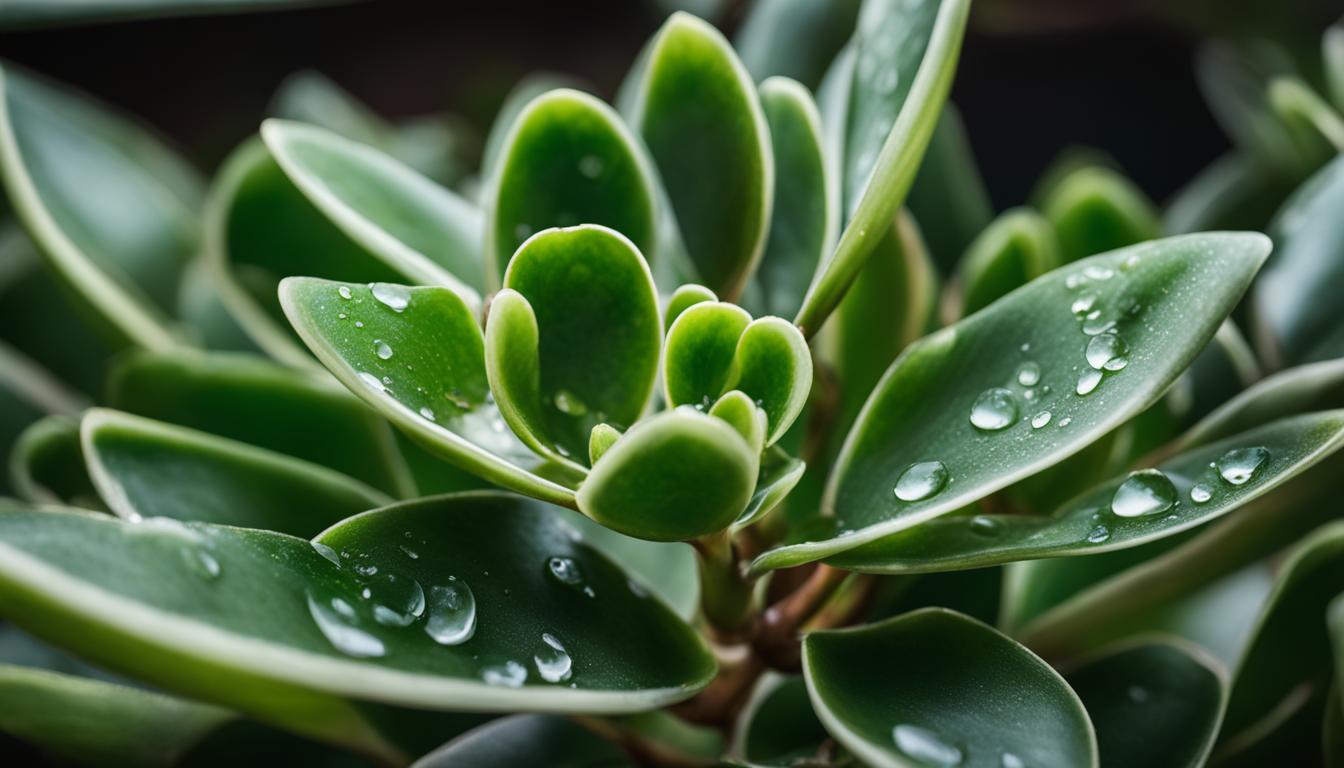
Welcome to my expert guide on caring for your Jade Plant (Crassula ovata). This succulent houseplant is not only visually appealing but also an easy care indoor plant that requires low maintenance.
Whether you’re a beginner or an experienced plant parent, the Jade Plant is a great addition to your indoor space.
The Jade Plant, also known as Crassula ovata, is native to South Africa and can grow as a miniature tree with a trunk and branches.
Its thick, oval-shaped leaves have a shiny dark green color with red edges, adding a touch of elegance to any room.
One of the reasons why Jade Plants are so popular is because they are relatively easy to take care of. They thrive in well-lit areas, especially close to a window, where they can enjoy plenty of natural light. However, they can also tolerate lower light conditions.
When it comes to watering, Jade Plants prefer to be watered thoroughly and then allowed to dry out between waterings. Over-watering can lead to root rot, so it’s important to be cautious and avoid letting water sit at the bottom of the pot.
With regards to temperature, Jade Plants can tolerate average room temperatures ranging from 60°F to 75°F. In winter, it’s important to keep the temperature above 50°F to prevent any damage to the plant.
As for fertilizer, Jade Plants benefit from a weak or diluted liquid fertilizer every one to two weeks. Fertilizers made specifically for succulents are recommended for optimal growth.
Overall, the Jade Plant is a low maintenance plant that adds beauty to any indoor space. Its unique appearance and easy care nature make it a perfect choice for both beginners and experienced plant enthusiasts.
Lighting, Watering, Soil, and Repotting for Jade Plants
Proper lighting is essential for the healthy growth of Jade Plants. These succulent houseplants thrive when placed in front of a window that receives direct sunlight.
Southern or northern exposures are particularly beneficial in providing the adequate light intensity. It’s important to note that Jade Plants can become stretched out and weak if grown in low-light conditions. So, placing them in a well-lit area is crucial to their overall well-being.
When it comes to watering Jade Plants, it’s important to find the right balance. These plants prefer to be watered thoroughly, allowing the soil to dry out between waterings.
Over-watering can lead to root rot, so it’s crucial to avoid letting water accumulate at the bottom of the pot. As succulent houseplants, Jade Plants have water-storing leaves and can tolerate periods of drought. Therefore, it’s better to underwater than overwater.
Jade Plants require well-draining soil to prevent waterlogged roots and promote optimal growth. A mixture resembling the soil used for cacti and other succulents is ideal for these plants.
This type of soil allows excess water to drain quickly, preventing the roots from sitting in damp conditions. It’s important to repot Jade Plants when they become root-bound or when the soil needs renewal.
When repotting, using a heavy pot is recommended to prevent the top-heavy plants from tipping over.
| Lighting Requirements | Watering Requirements | Soil Requirements | Repotting |
|---|---|---|---|
| Plenty of direct sunlight | Thorough watering, allowing soil to dry between waterings | Well-draining soil similar to cactus and succulent mix | When root-bound or soil needs renewal, use a heavy pot |
Fertilizing, Temperature, and Care Tips for Jade Plants
When it comes to caring for your Jade Plants, there are a few key factors to keep in mind. First and foremost, fertilizing is essential to ensure optimal growth and health.
I recommend using a weak or diluted liquid fertilizer specifically formulated for succulents. Apply this fertilizer every one to two weeks during the growing season to provide your Jade Plants with the nutrients they need.
| Care Aspect | Details |
|---|---|
| Sunlight | Requires four to six hours of direct sun or medium shade exposures with bright light. |
| Watering | Little water in summer and even less in winter; susceptible to overwatering. |
| Soil | Should be grown in a porous substrate with good drainage. |
| Temperature | Can withstand some light frost if the substrate is kept dry. |
| Propagation | Can be propagated with clippings or leaves; roots grow about four weeks after detachment. |
| Pests | Susceptible to mealybugs, scale insects, aphids, and spider mites. |
| Special Properties | Displays a red tinge around leaves when grown with bright sunlight; flowers in winter. |
| Toxicity | Possibly toxic to horses, cats, and dogs; mildly toxic to humans with skin contact. |
As for temperature, Jade Plants are fairly tolerant and can handle average room temperatures. Ideally, maintain a temperature range between 60°F to 75°F (15.5°C to 24°C) to keep them comfortable. But, be mindful to never let the temperature drop below 50°F (10°C) during winter months, as this can harm the plant.
When it comes to general care, pruning is a recommended practice. In early spring, take the time to trim your Jade Plants to maintain their desired shape and remove any misshapen or unhealthy branches. This will promote healthy growth and keep your plants looking their best.
Lastly, it’s crucial to provide proper care to prevent common issues like leaf spots and rot. Ensure your Jade Plants receive adequate air circulation, as stagnant air can lead to problems.
Avoid over-watering your plants, as this can cause root rot. Allow the soil to dry out completely between waterings to avoid any moisture-related complications.
FAQ
How much light does a Jade Plant need?
Jade Plants require plenty of light and should be placed in front of a window with direct sunlight, preferably southern or northern exposures. In low-light conditions, their growth may become stretched out and weak.
How often should I water my Jade Plant?
It’s best to water your Jade Plant thoroughly, allowing the soil to dry between waterings. Over-watering can lead to root rot, so it’s important to avoid letting water sit at the bottom of the pot.
What type of soil is best for Jade Plants?
Jade Plants prefer well-draining soil that resembles a mixture used for cacti and succulents. This type of soil allows excess water to drain away, preventing root rot.
When should I repot my Jade Plant?
You should repot your Jade Plant when it becomes root-bound or when the soil needs renewal. It’s best to use a heavy pot to prevent the top-heavy Jade Plants from tipping over.
How often should I fertilize my Jade Plant?
Jade Plants should be fertilized with a weak or diluted liquid fertilizer every one to two weeks. Fertilizers made specifically for succulents are recommended.
What temperature range is ideal for Jade Plants?
Jade Plants can tolerate average room temperatures, ideally ranging from 60°F to 75°F. However, they should be kept above 50°F in winter to prevent cold damage.
Are there any care tips I should keep in mind for my Jade Plant?
Proper air circulation is important for Jade Plants to prevent leaf spots and rot. Pruning can be done in early spring to maintain the desired shape and remove any misshapen or unhealthy branches. It’s also important to avoid over-watering and provide a well-lit area for optimal growth.


